In popular culture, data mining has become a phrase used to describe everything from cookies on websites to the worry that your phone is being exploited as an eavesdropping device. Data mining is the process of analyzing enormous data sets or big data for pattern detection. Data mining is fundamental to data science because it enables data scientists to ask the appropriate questions. Data mining is the process of classifying raw datasets into patterns based on trends or irregularities. Companies use multiple tools and strategies for data mining to acquire information useful in data analytics for deeper business insights.
Data is the most precious asset for modern businesses. Like mining gold, extracting relevant information from an unorganized data set is an arduous task. You need to use tools for data patterns or trends. Unlike mining minerals, data is not removed from a data set. This process involves identifying a data set’s structure, and relationships between the various data; and determining what data to extract for data analysis.
History of Data Mining and Current Advancements
The practice of sifting through data to uncover hidden relationships and forecast future trends has a lengthy history. The phrase "data mining," also known as "knowledge discovery in databases," was not coined until the 1990s. But its base consists of three interconnected scientific fields: statistics (the quantitative study of data correlations), artificial intelligence (human-like intelligence exhibited by software and/or robots), and machine learning (algorithms that can learn from data to make predictions). Data mining technology continues to evolve to keep up with the endless possibilities of big data and inexpensive computer power, making the old new again.
In the past decade, developments in processing power and speed have allowed us to transition from manual, laborious, and time-consuming data analysis methods to those that are rapid, simple, and automated. The greater the complexity of the collected data sets, the greater the possibility of discovering valuable insights. Retailers, banks, manufacturers, telecommunications providers, and insurers, among others, are utilizing data mining to discover the relationships between price optimization, promotions, and demographics, as well as how the economy, risk, competition, and social media influence their business models, revenues, operations, and customer relationships.
What is Data Mining
Typically, when people refer to "mine," they envision individuals wearing helmets with lamps attached, excavating underground for natural resources. And while it may be humorous to imagine men in tunnels mining for sets of zeros and ones, this does not precisely address the question "what is data mining?"
Data mining is the process of examining vast volumes of data and datasets to extract (or "mine") meaningful insight that may assist companies in solving issues, predicting trends, mitigating risks, and identifying new possibilities. Data mining is like traditional mining in that, in both situations, miners sift through mounds of data in search of valuable minerals and components.
In addition to establishing linkages and discovering patterns, anomalies, and correlations to solve problems, data mining also generates actionable information. Data mining is a broad and diverse process that consists of several distinct components, some of which are sometimes mistaken with data mining itself. For example, statistics is a component of the broader data mining process, as shown in this article comparing data mining with statistics.
Moreover, both data mining and machine learning belong under the broader category of data science, and while they have certain similarities, each uses data in a distinct manner. To discover more about their relationship, research data mining versus machine learning.
How Does Data Mining Work
Data mining is primarily a process for converting unstructured data and information into something of value. It may be used to enhance the user experience by identifying the most frequently viewed sections of a website. By collecting and analyzing student data, a teacher may also predict which students are most likely to fall behind and devise a plan to keep them on track.
Many of the tasks in data mining may be automated using machine learning. Using machine learning and artificial intelligence, a significant amount of data may be sorted and gathered into multiple categories and classifications with relative simplicity. After data has been collected and a trend has been identified, it may be utilized. Whoever mined the data has total control over how it is utilized. It might be used internally to increase worker efficiency or marketed to those who would benefit the most, such as retailers, airlines, or politicians. Regardless of the aim, data mining often follows a similar structure.
- An organization collects and stores data on physical or cloud servers. The information may be acquired directly through a questionnaire or indirectly, for instance, by monitoring user activity.
- Analysts or management will determine which patterns to look for in this vast amount of unprocessed data.
- It is transmitted to the necessary technical staff, who guarantee that the data is appropriately processed for its intended purpose.
- The data is organized and presented in an understandable format, which is typically a chart or graph.
Types of Data Mining Processes
Data preparation or data pretreatment and data mining may be used to classify the various data mining methods. The first four operations are called data preparation procedures: data cleansing, data integration, data selection, and data transformation. The last three steps, data mining, pattern evaluation, and knowledge representation, are combined into a single process known as data mining.
Here are the seven essential phases of data mining:
Data Cleaning
Teams must first cleanse all process data to conform to industry standards. Poor insights and costly system breakdowns are the result of inaccurate or insufficient data. Engineers will eliminate any unclean data from the gathered data of the organization.
Depending on the business's resources, they apply a variety of distinct data pretreatment and cleaning techniques. For instance, they may manually fill in missing values or use the average of other data to estimate a value. Teams will also utilize binned data to eliminate noisy information, detect outliers, and resolve any contradictions.
Data Integration
When data miners integrate many data sets and sources for analysis, they refer to this process as data integration. This is a leading mining technology that simplifies the extraction, transformation, and loading processes.
During this phase, several professionals undertake additional data cleansing within various databases. This avoids any further inconsistencies and ensures data quality to fulfill business needs. To combine data, specialists will utilize data mining technologies.
To support this work, solutions like Saras Daton simplify integration while ensuring consistency and scalability.
Learn about Data Integration.
Data Reduction to Enhance Data Quality
This standard procedure gathers pertinent data for data analysis and pattern analysis. Engineers reduce the amount of data while preserving its integrity via data reduction. During this mining process, teams may utilize neural networks or other kinds of machine learning. Dimensionality reduction, numerosity reduction, and data compression are all viable options. Engineers reduce the number of characteristics in the analytics data using dimensionality reduction. Teams replace the original quantity of data with a lesser quantity of data during numerosity reduction. Engineers give a compressed generalization of the acquired data during data compression.
Data Transformation
In accordance with this industry-standard procedure, engineers change data into an appropriate format to meet mining objectives. They combine the preparation data to optimize data mining procedures and facilitate the identification of patterns in the final data set.
Transformation of data includes data mapping and other data science approaches. Strategies include data smoothing and noise elimination. The techniques of aggregation, normalization, and discretization are also widely used.
Learn about Data Transformation.
Data Mining
Utilizing data mining solutions, organizations may identify relevant patterns and maximize knowledge discovery to provide business insight. This can only be achieved if a company uses their big data accurately and completely.
Before extracting data, engineers apply intelligent patterns to the given data. Then, they represent all data using models. To ensure precision, specialists employ clustering, classification, and other modeling approaches.
Pattern Evaluation
This is the stage at which engineers cease their work behind the scenes and apply their knowledge to the actual world. Specialists will identify any patterns that may be utilized to develop commercial knowledge.
They will utilize their models, historical data, and real-time data to learn more about their customers, staff, and sales. Teams will also summarize information data or apply data mining visualization tools to make it easier to comprehend.
Information Representation
To communicate the information with others, data analysts employ a mix of data visualization, reports, and other data mining techniques. Prior to initiating the data mining process, business executives gave data comprehension goals and objectives to engineers so they would know what to search for.
Now, analysts may provide these leaders with reports including their results. Most businesses build reports and extract insights from internal data miners using dashboards or other business intelligence tools. These insights are utilized by business owners to enhance decision-making, generate new business, decrease waste, and develop more effective advertising strategies.
Data Mining Best Practices
Businesses should employ the following best practices to obtain better insights and avoid hindrance:
Impact of Data Mining on Business Analytics
Consequently, why is data mining crucial for businesses? Data mining enables businesses to get a competitive edge, a better understanding of their consumers, superior control of their business operations, enhanced client acquisition, and new business prospects. Different sectors will derive varying benefits from data analytics. Some sectors are searching for the most effective methods to acquire new clients, while others are seeking innovative marketing strategies and trying to enhance existing processes. The process of data mining provides organizations with the ability and insight to make decisions, evaluate their data, and move ahead.
Business Analytics Strategies Using Data Mining
Now that you understand the significance of data mining, it is useful to examine how data mining operates in corporate contexts.
Classification
This data mining approach is more difficult, since it employs qualities of data to shift them into discernible groups, therefore facilitating the formation of further conclusions. Classification may be used in supermarket data mining to categorize the sorts of products people are purchasing, such as vegetables, meat, and bakery items. These classifications aid the shop in gaining further knowledge about clients, outputs, etc.
Clustering
This method is like categorization in that it chunks data based on their commonalities. Cluster groups are less organized than categorization groups, making them an easier data mining alternative. Instead of the specified classifications, a basic cluster group for the store example may consist of food and non-food goods.
Association Rules
Association in data mining is all about identifying patterns based on interconnected variables. In the case of a supermarket, this may indicate that many consumers who purchase one item may also purchase a second, related item. This allows retailers to group food products together, or in online purchasing, to provide a "those who purchased this also bought this" section.
Regression evaluation
Regression is utilized in planning and modeling to determine the probability of a particular variable. The supermarket may be able to forecast prices depending on supply, consumer demand, and competition. Data mining is aided by regression since it identifies the link between variables in a collection.
Outlier/anomaly detection
In several instances involving data mining, it may not be sufficient to just observe the underlying trend. In addition, data must be able to recognize and comprehend data outliers.
Data mining challenges
Let us check out the usual challenges which hinder the desired results:
Incomplete data
It is a usual observation that data sets are incomplete. For instance, sales data for the entire business lack information from several departments. This can minimize the impact on the reports and data trends.
Noisy data
A corrupt or poorly structured data set with irrelevant information is said to be “noisy.” So, a data analyst must extract relevant data from the data set or find ways of removing noisy data before mining.
Scalability
Larger data sets demand more resources for data mining. Organizations using on-premises data warehouses with fixed hardware configurations face a lot of difficulties in scaling. Businesses hosting their data infrastructure on a cloud platform do not face problems with scalability.
Conclusion
Data Mining is an iterative process in which the mining process may be adjusted, and new data can be included to provide more effective results. Data Mining satisfies the need for efficient, scalable, and adaptable data analysis. It is a natural assessment of information technology. Data preparation and data mining jobs conclude the data mining procedure as a knowledge discovery procedure. Data mining operations can easily be simplified by using an ETL solution and a cloud-based data warehouse which will extract data from more than 100 data sources to your data warehouse. Daton is a simple data pipeline that can populate popular data warehouses like Snowflake, Google BigQuery, Amazon Redshift, and acts as a bridge to data mining, data analytics, and business intelligence.




.avif)







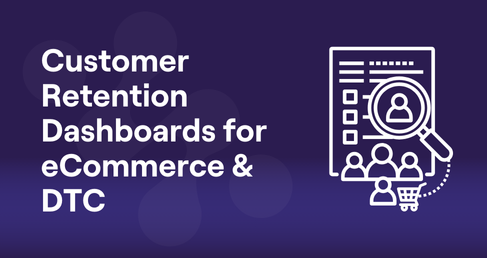
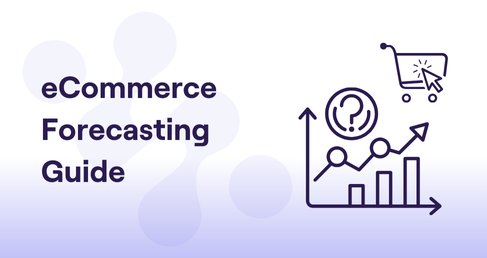
.png)


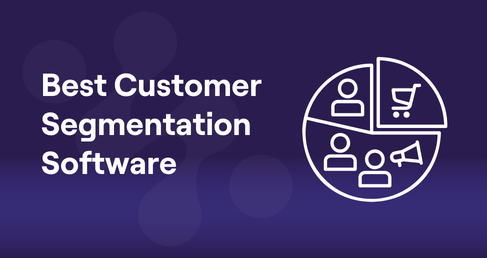


.png)
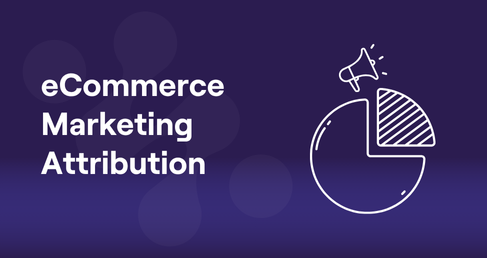




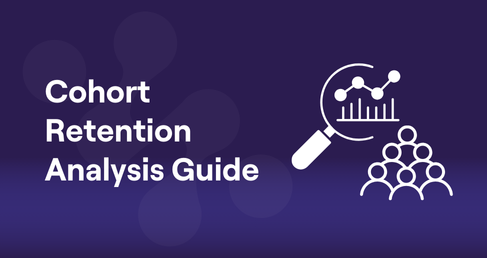
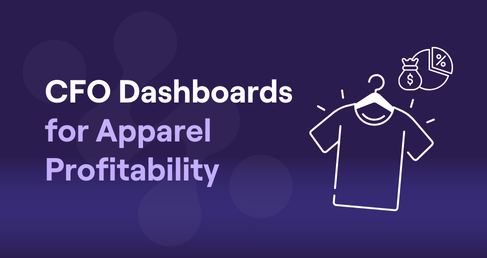

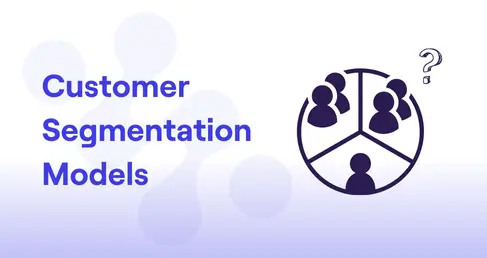
.webp)

.avif)


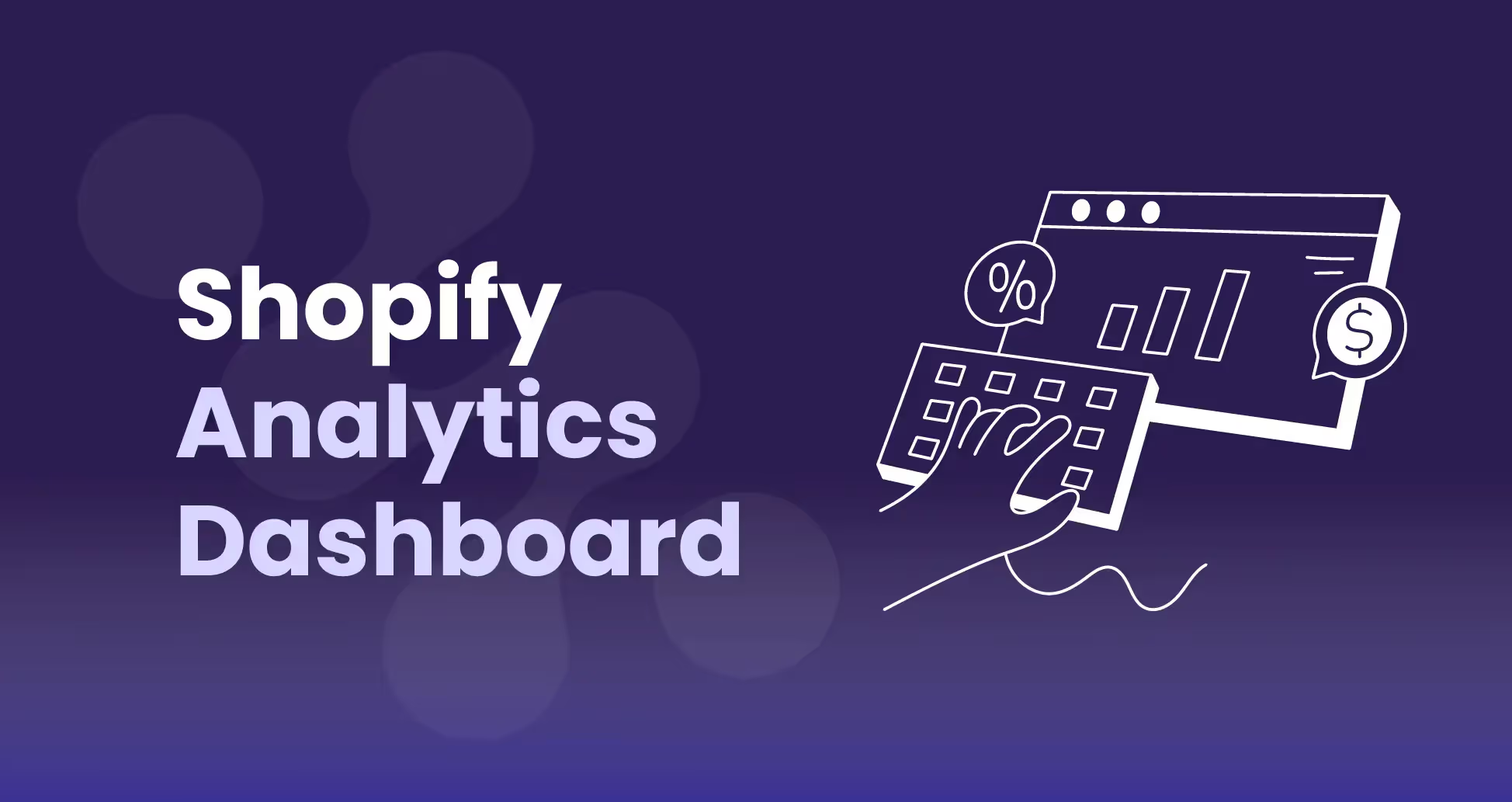
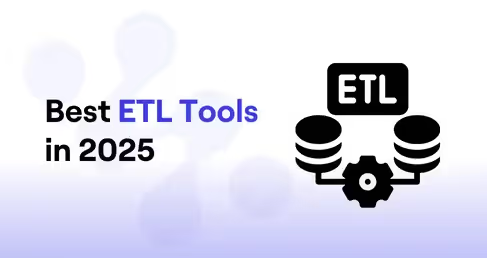


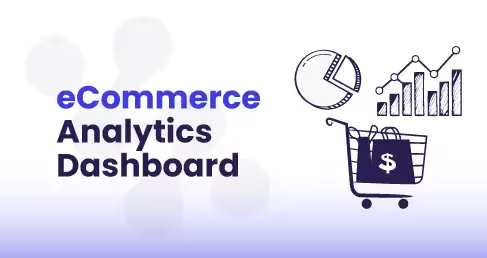

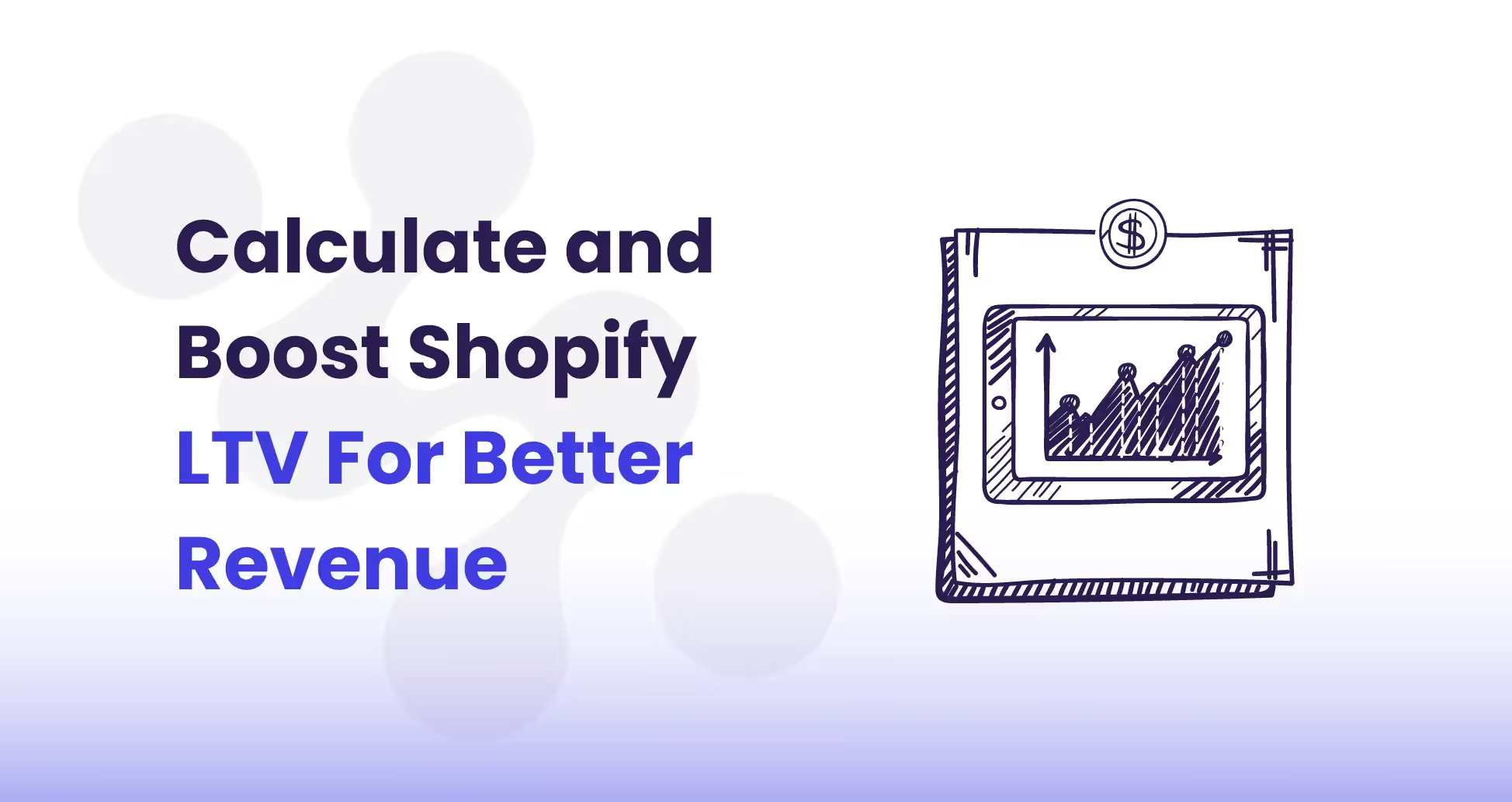
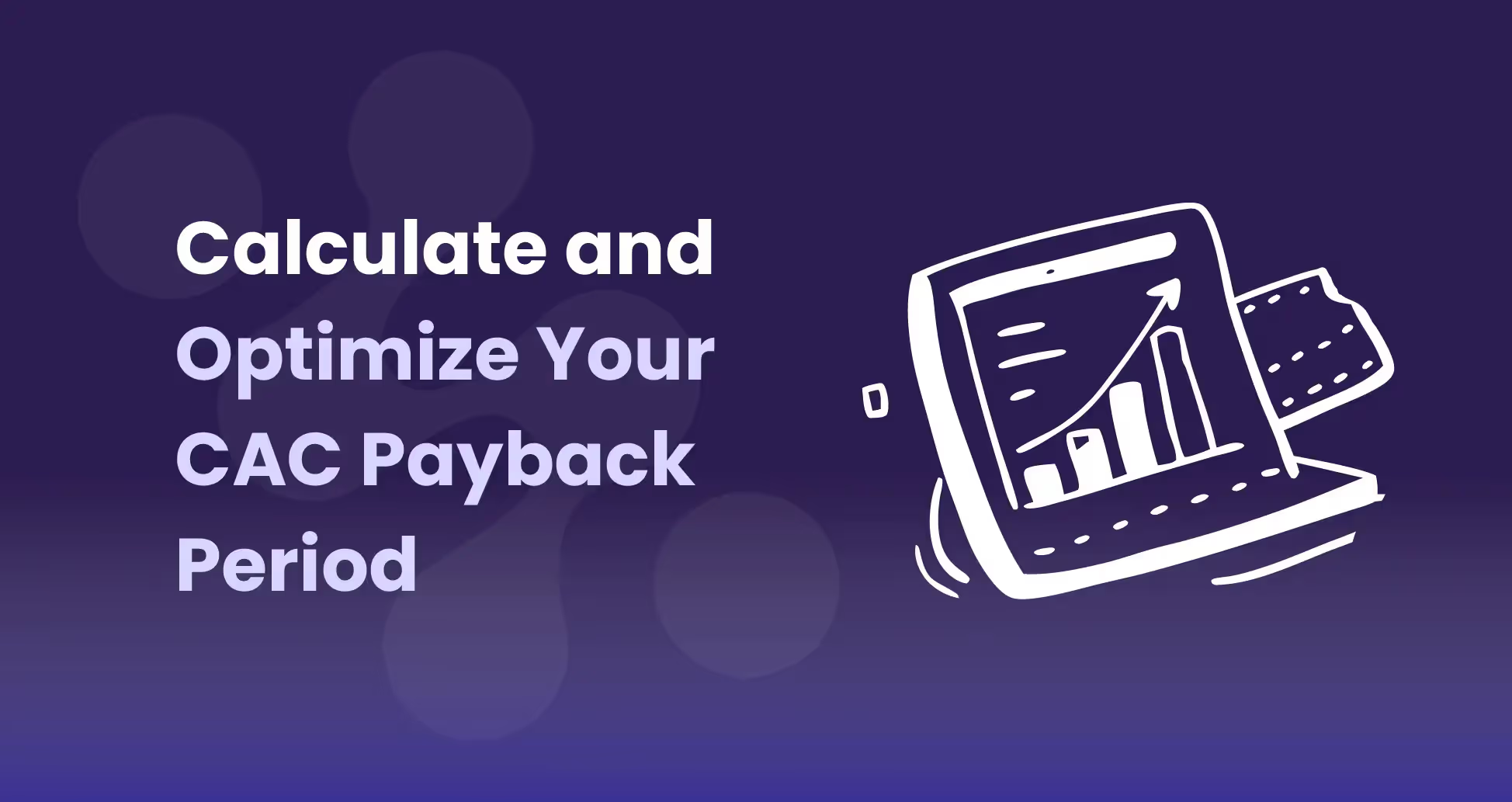
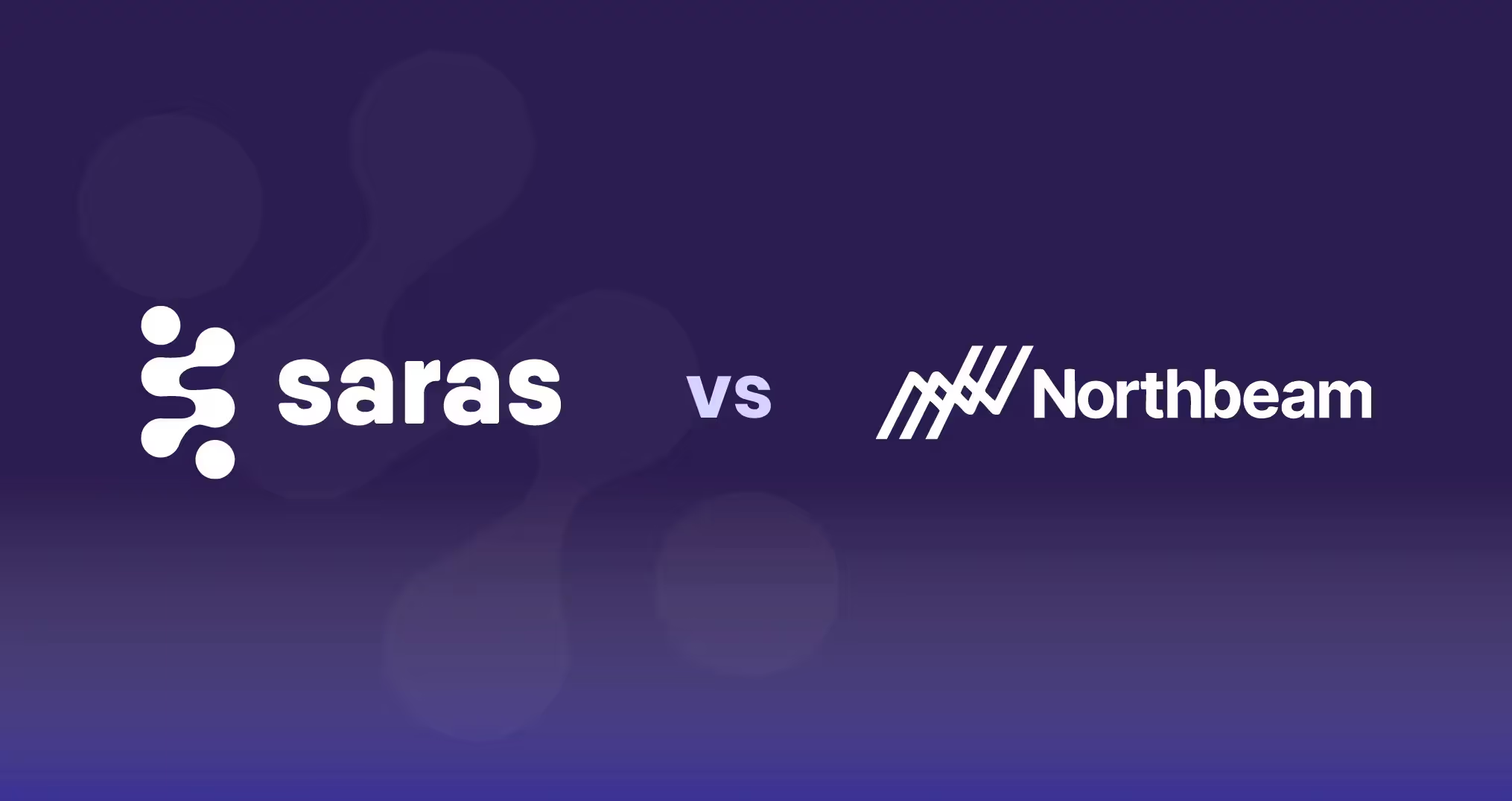
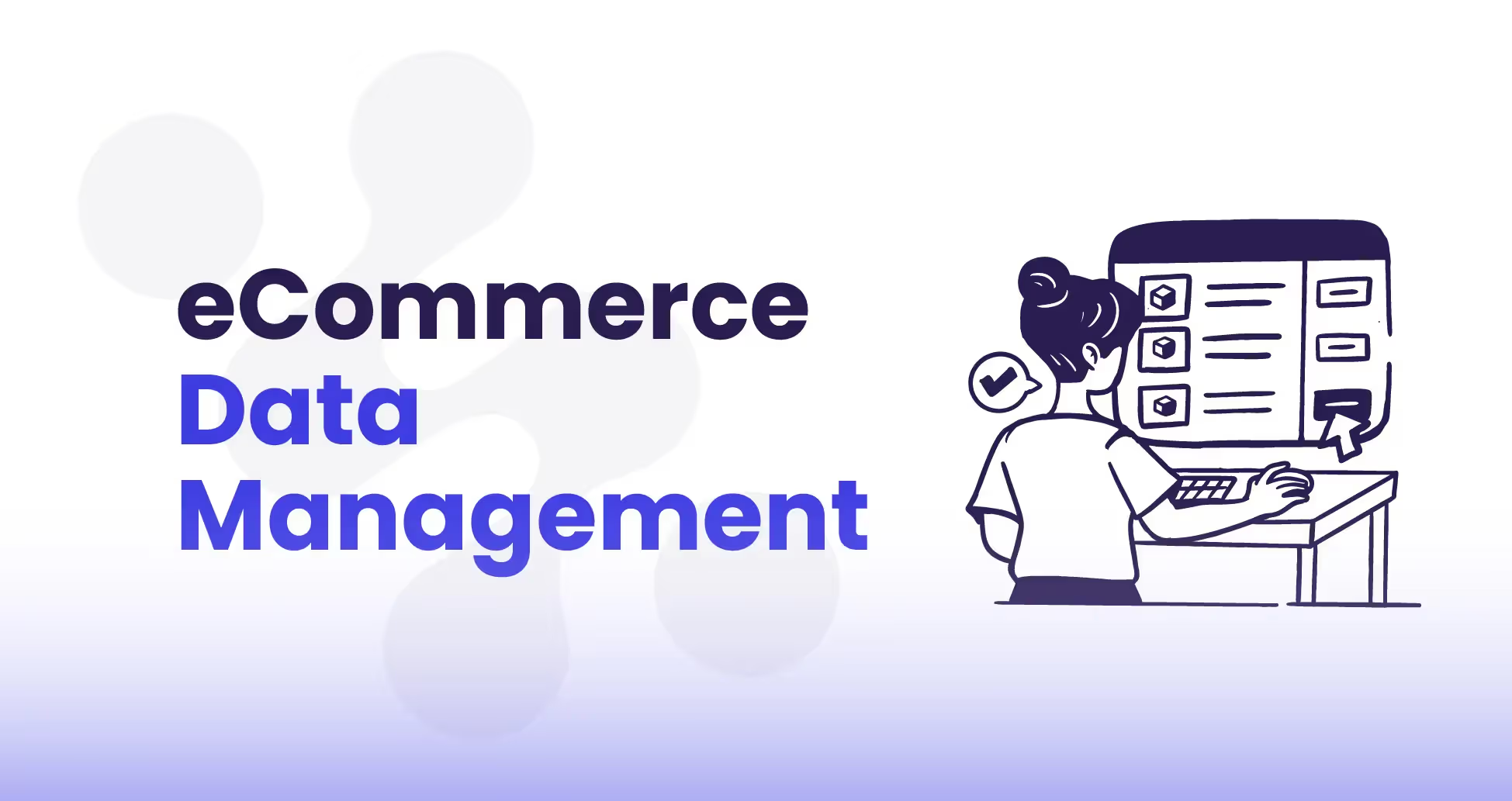
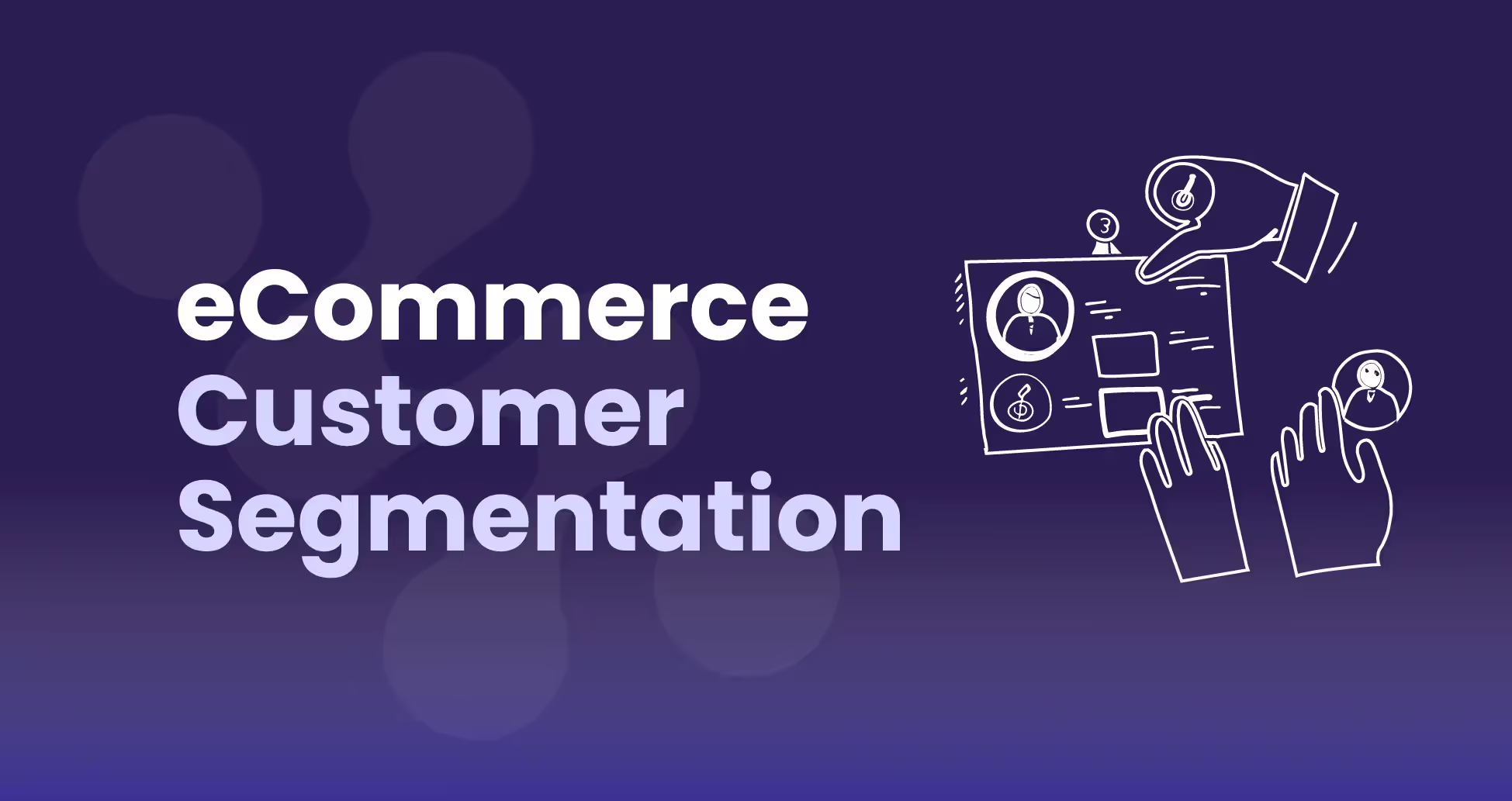

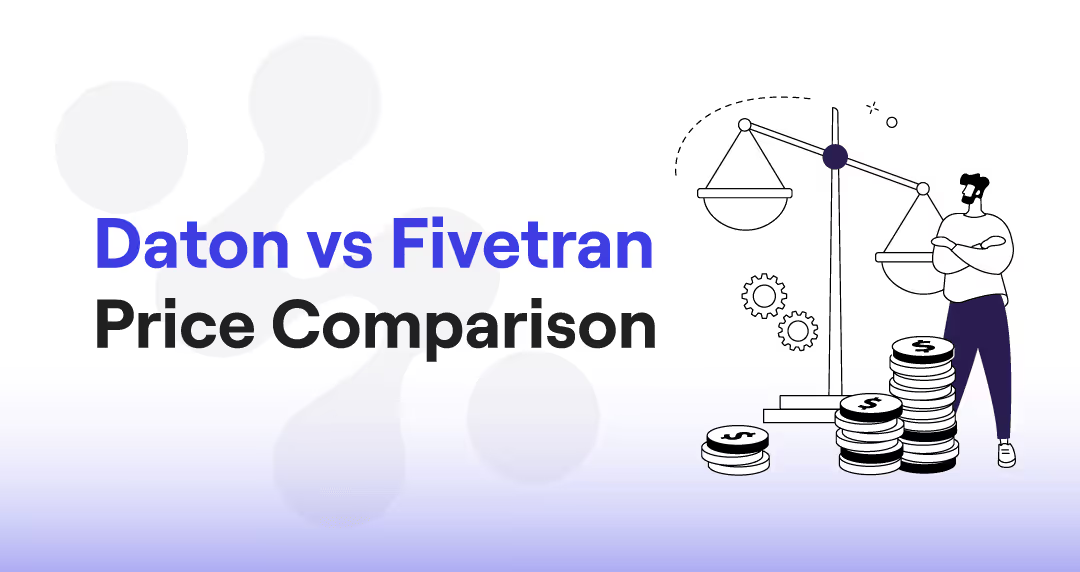

.avif)

.avif)
.avif)
.avif)
.avif)
%20(1).avif)
.avif)
%20(1).avif)
%20(1).avif)





.avif)





.avif)








































